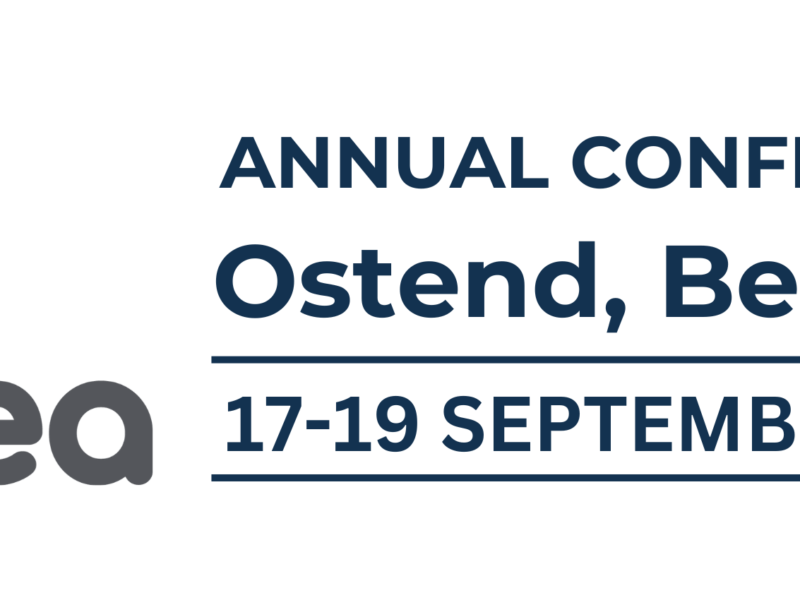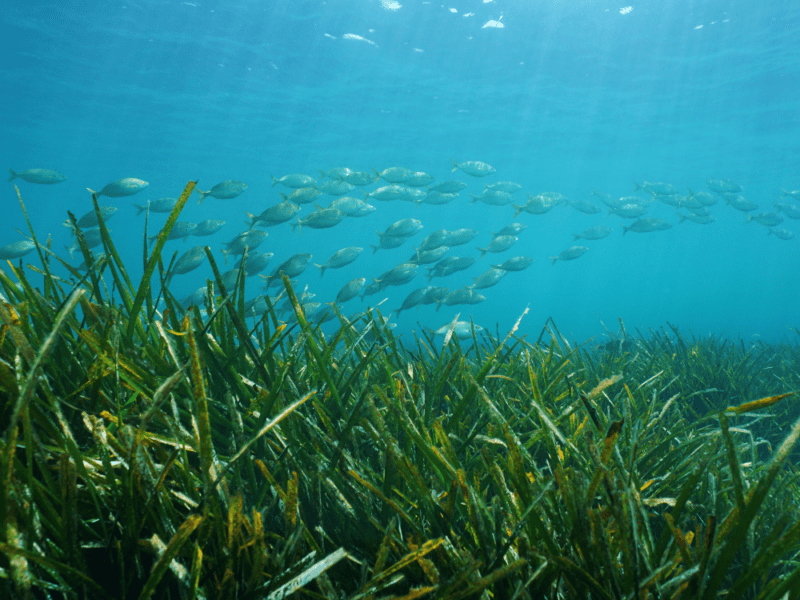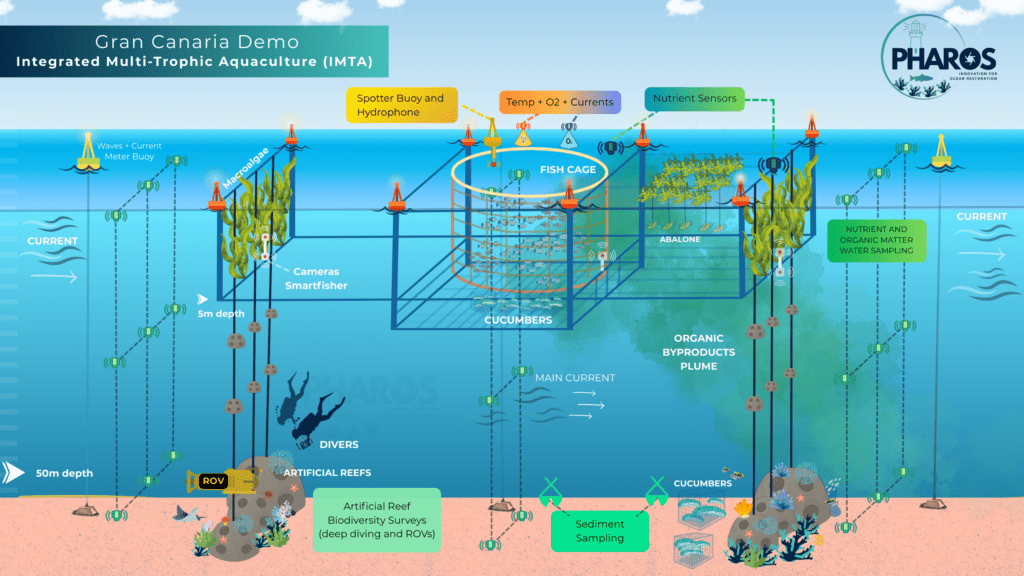
Exciting Ocean Waters Restoration in Action at Gran Canaria
Exciting Ocean Waters Restoration in Action at Gran Canaria https://pharosproject.eu/wp-content/uploads/2025/09/DEMO-1-AND-2-PHAROS-1024x576.png 1024 576 PHAROS Project PHAROS Project https://pharosproject.eu/wp-content/uploads/2025/09/DEMO-1-AND-2-PHAROS-1024x576.pngThe Atlantic Ocean of Gran Canaria is set to become a groundbreaking laboratory for nature-based solutions as the PHAROS project launches its most ambitious demonstration to date. This EU-funded initiative, worth €9.5 million, represents a good approach to combating ocean degradation through nature-based solutions.
Picture this: an underwater city rising from the seafloor off Gran Canaria, where fish farmers team up with algae, abalone feast on seaweed salads, and sea cucumbers clean up the neighborhood. It sounds like science fiction, but it’s about to become reality.
The €9.5 million PHAROS project is turning a patch of near-dead Atlantic Ocean into what might be the world’s most sophisticated marine restoration experiment. The goal isn’t just to grow seafood, it’s to prove that humans can farm the ocean while actually making it healthier.
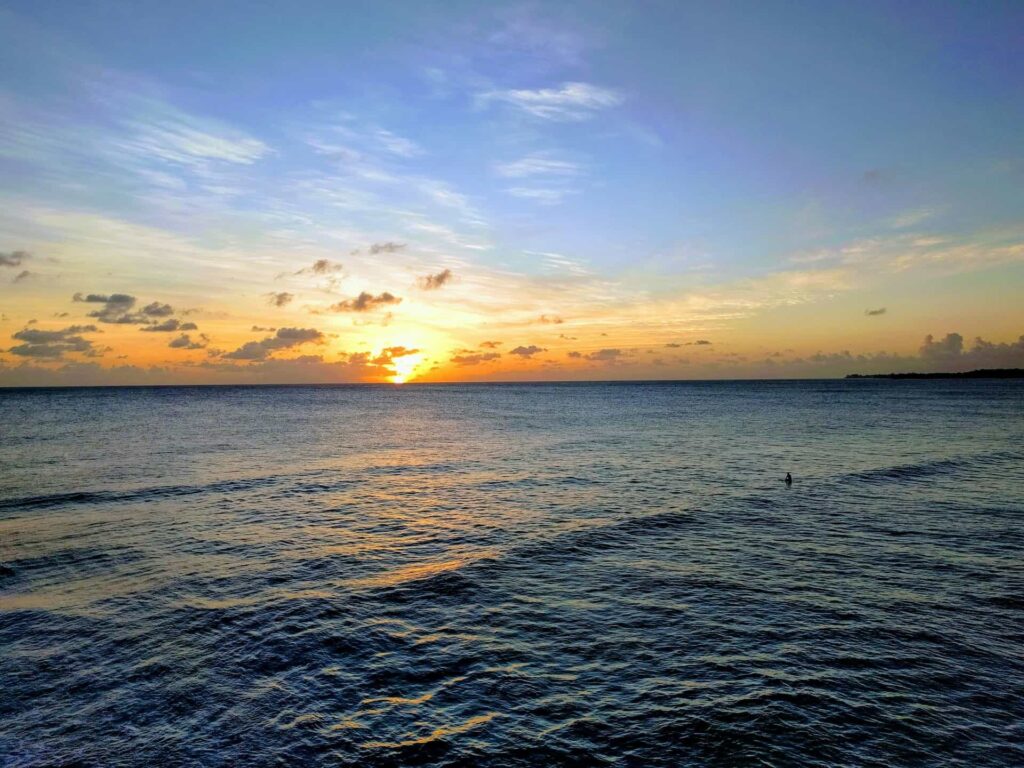
Ocean Restoration in Action
The PHAROS demonstration in Gran Canaria’s PLOCAN research area marks a significant milestone in marine restoration science. The project, scheduled to run from September 2024 through August 2029, aims to integrate multiple innovative technologies in a several European marine environments (Pharos demostrations sites).
At the heart of this demonstration is an Integrated Multi-Trophic Aquaculture (IMTA) system that mimics natural marine ecosystems. Dr Pablo Reche García, PHAROS project manager, explains that IMTA involves “farming two or more aquatic species from different trophic levels together to improve efficiency, reduce waste and provide ecosystem services”.
The system will combine fish farming with macroalgae cultivation, high-value abalone production, and sea cucumber cages positioned beneath the fish cage system. This innovative approach allows the waste from one species to become nutrients for another, creating a circular and more sustainable economy within the marine environment.
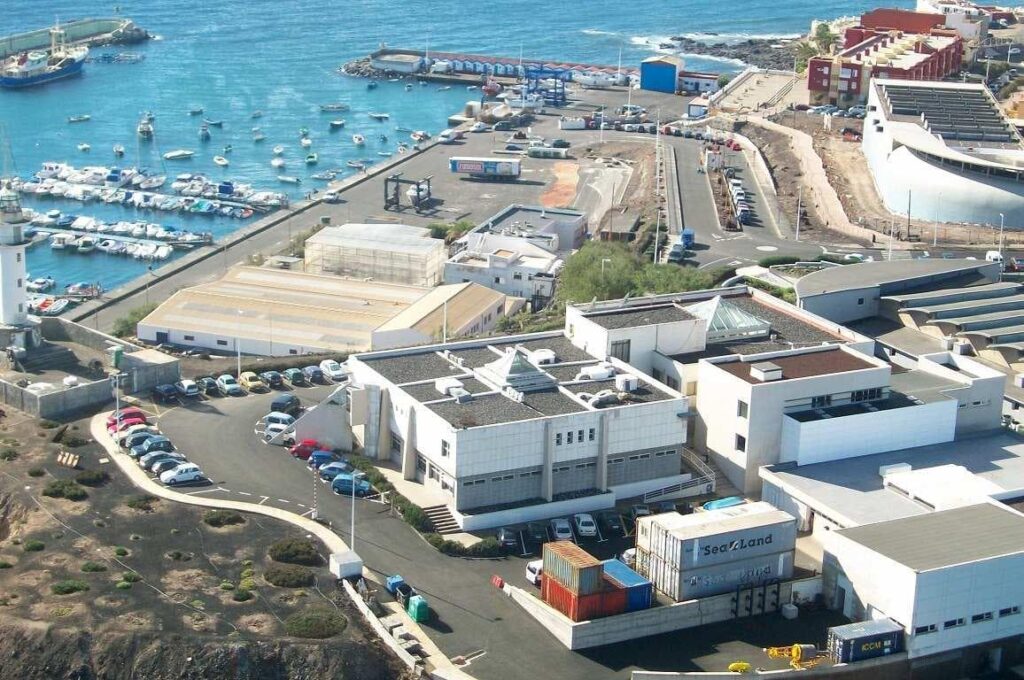
Storm-Proof Infrastructure for Long-Term Research
PLOCAN will deploy permanent, storm-proof infrastructure designed to withstand the challenging Atlantic conditions. The system includes:
- Zonalisation and 8-10 regular buoys supporting underwater framework
- At least 8 concrete mooring blocks (0.5-1 ton each) with ropes, chains, and anchors
- A 25-metre diameter fish cage with polyethylene pipes and multiple nets
- Autonomous feeding systems powered by 500 watts of available energy
The infrastructure represents a significant investment in permanent research capabilities, with an estimated build period of three months split between the Canary Islands and mainland Spain, ready by August 2026.
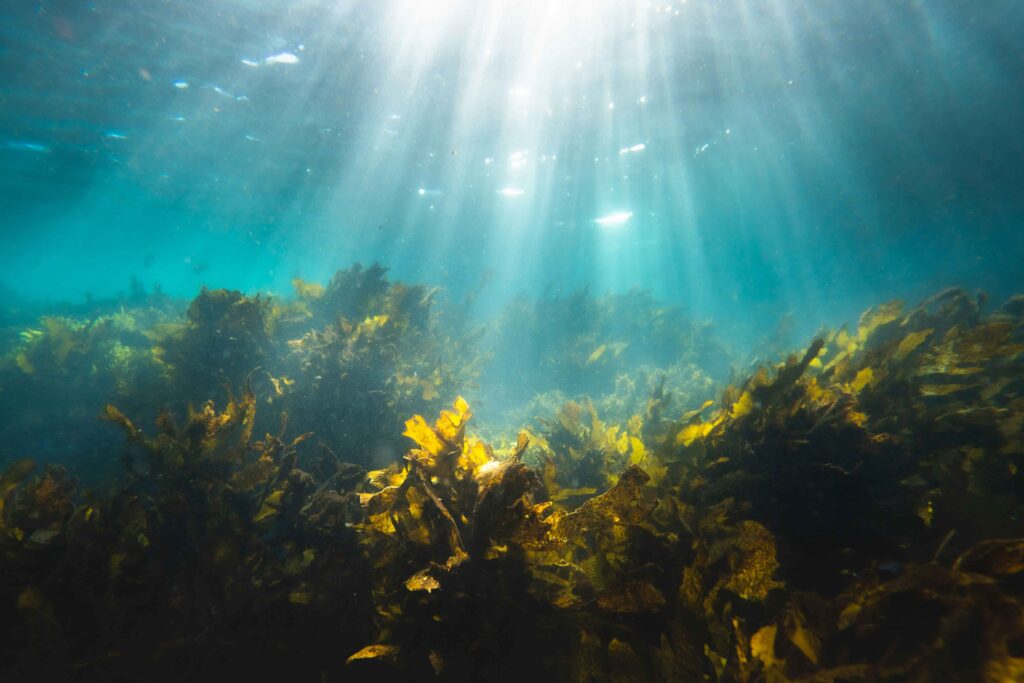
Macroalgae Cultivation System
The demonstration features both horizontal and vertical macroalgae production systems strategically positioned to capture emissions from the fish farm. The horizontal system consists of three 200-metre strings, whilst the vertical system employs 20-60 ropes ranging from 5-10 metres in length, installed at depths varying from 1 to 12 metres.
The polyculture macroalgae species include Ulva species (Ulva rigida,) and red algae species (Gracilaria gracilis). These species were specifically chosen for their nutrient reduction capacity and commercial applications.
Research indicates that macroalgae can sequester 0.97 metric tons of carbon per hectare per year whilst providing shelter and habitat for fish, crustaceans, and other marine life. The expected biomass yield ranges from 0.5 to 1.2 kilograms of fresh weight biomass per metre of rope.
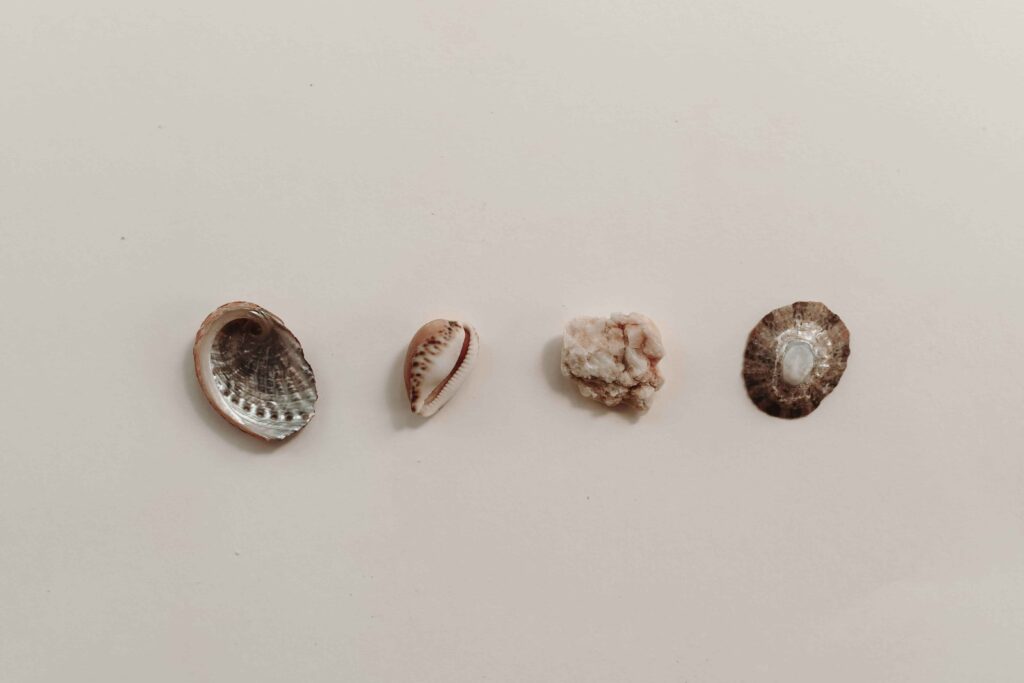
High-Value Species Integration
In an exciting innovation, the demonstration will integrate abalone cultivation with the macroalgae system. Abalone juveniles, produced at ECOAQUA’s land-based IMTA facilities, will be transferred to sea-based grow-out structures positioned alternately with macroalgae strings.
The abalone will feed directly on the macroalgae produced within the system, creating a truly circular aquaculture model. With market values ranging from €60-80 per kilogram, abalone represents a high-value addition that could provide economic viability for similar projects.
Beneath the fish cages, sea cucumber cages will house Holothuria sanctori, a species native to the Canary Islands. These organisms serve as biological waste processors, consuming particulate organic matter released by the fish production above.
Clarification needed: The document mentions “different stocking densities of sea cucumbers” will be tested, but specific numbers and methodologies for these trials would provide more scientific detail.
Artificial Reefs and Digital Twin Technology
The demonstration incorporates Smart Enhanced Reefs (SER®) designed by project partner Underwater Gardens International. These artificial structures, composed of calcium carbonate, biomaterials, and cement, will be strategically positioned upstream and downstream of the IMTA system to assess biodiversity restoration benefits.
Real-time monitoring will feed into the PHAROS Digital Twin Ocean (DTO) system, creating a comprehensive digital representation of the ecosystem. The DTO integrates:
- In-situ sensors streaming data via Internet of Things (IoT)
- Acoustic hydrophones and underwater cameras
- AI-powered self-learning models
- High-performance computing for data processing
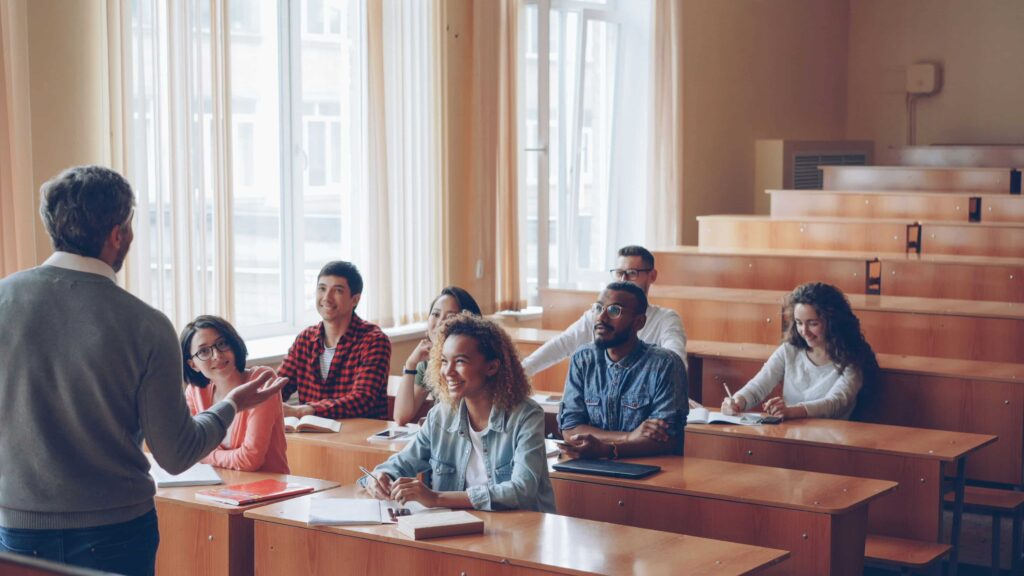
Community Engagement and Living Labs
A crucial component of the PHAROS demonstration is the establishment of Living Labs that engage local communities, fishermen, schools, and businesses in co-creation processes. The project utilises the MINKA platform, a citizen science tool developed by CSIC, to collect biodiversity and environmental data whilst promoting community participation.
The initiative includes Fisher Guardian programmes and Citizen Litter Entrepreneur schemes, transforming traditional roles and perceptions within maritime communities.
Economic and Environmental Implications at Gran Canaria
Early research indicates promising economic potential for IMTA systems. Studies suggest that abalone-sea cucumber polyculture systems achieve optimal performance at a biomass ratio of 70:30, providing both economic and environmental benefits.
The macroalgae component offers multiple revenue streams including food production, bioremediation services, and carbon sequestration credits. With growing interest in blue carbon markets, the demonstration could provide crucial data for future commercial applications.
The waters off Gran Canaria weren’t always barren. Decades of overfishing, pollution, and climate change have turned this stretch of Atlantic into what scientists grimly call “oligotrophic desert status”. essentially an underwater wasteland. But that’s exactly why researchers picked it.
The restoration plan centers on something called Integrated Multi-Trophic Aquaculture, or IMTA for short. Think of it as the ocean’s version of a permaculture garden. Instead of growing just one crop, you create a mini-ecosystem where different species work together, each one’s waste becoming another’s dinner.
Nature’s Recycling Program
Here’s how the underwater ballet works: Fish swim in cages, producing waste that would normally pollute the water. But in this system, that waste becomes fertilizer for seaweed forests growing on ropes below. The seaweed not only cleans the water but also provides food for abalone.
Meanwhile, sea cucumbers are on the ocean floor beneath the fish cages, hoovering up any organic matter that drifts down like underwater vacuum cleaners. It’s a closed loop that mimics how healthy marine ecosystems actually work.
The numbers are impressive. The seaweed alone can pull nearly a ton of carbon out of the water per hectare each year.
Building for Storms at Gran Canaria
Of course, none of this matters if the first Atlantic storm destroys everything. That’s why the team is building what they call “storm-proof” infrastructure.. We’re talking about concrete blocks weighing up to a ton each, anchored to the seafloor with chains and ropes. The fish cages span 25 meters across and can handle whatever the Atlantic throws at them.
The system runs on just 500 watts of power, about as much as a small refrigerator, making it surprisingly energy-efficient for such an ambitious operation. Autonomous feeding systems ensure the fish get fed even when storms keep human caretakers on land.
The Digital Ocean
But here’s where it gets really futuristic. Every aspect of this underwater city will be monitored by what researchers call a “Digital Twin Ocean”, essentially a real-time, AI-powered simulation of the entire ecosystem.
Sensors scattered throughout the installation will stream data about water temperature, oxygen levels, fish behavior, and algae growth. Underwater cameras and acoustic hydrophones will track how marine life responds to the restoration efforts. The goal is to create a learning system that can adapt and improve over time.
More Than Just Farming
The PHAROS demonstration isn’t just about proving technology works. It’s about changing how entire communities think about the ocean. Local fishermen are being trained as “Fisher Guardians,” while school kids use citizen science apps to track marine biodiversity.
The project includes artificial reefs designed to attract fish and other sea life back to the area. These aren’t just concrete blocks dropped on the seafloor, they’re carefully engineered structures that use algorithms to optimize water flow and create the best possible habitat for marine creatures.
The Economics of Ocean Healing
The big question, of course, is money. Can restoring the ocean actually pay for itself?
Early signs are promising. Between the high-value abalone, marketable seaweed, and potential carbon credits, the system could generate multiple revenue streams. The economic model suggests that marine restoration doesn’t have to be charity, it can be good business as well.
This matters because the scale of ocean degradation demands solutions that can attract private investment, not just research grants. If the Gran Canaria demonstration proves profitable, similar projects could spread across the Atlantic and beyond.
What Happens Next
The timeline is ambitious but realistic. Installation begins in late 2026, when Atlantic storms typically calm down. Fish go into the cages in early 2027, and by February 2027, the full system should be operational.
Success will be measured not just in kilograms of fish or tons of seaweed, but in the return of marine life to a place that was nearly dead. Researchers will track everything from plankton populations to fish diversity, building a comprehensive picture of how ecosystems respond to restoration efforts.
The PHAROS project represents something bigger than ocean farming. It’s a test of whether humans can learn to work with nature instead of against it. In an age of climate change and collapsing ecosystems, that’s a lesson we desperately need to master.
If it works off Gran Canaria, similar demonstrations are planned for Ireland and Iceland. The goal is nothing less than transforming how we use the ocean, from extraction to regeneration, from taking to giving back.
The ocean has been patient with us so far. Projects like PHAROS suggest we might finally be getting smart enough to return the favor.
- Post Tags:
- Marine Restoration
- MPA
- Ocean Economy
- PHAROS
- Posted In:
- BLOG
- PHAROS News
